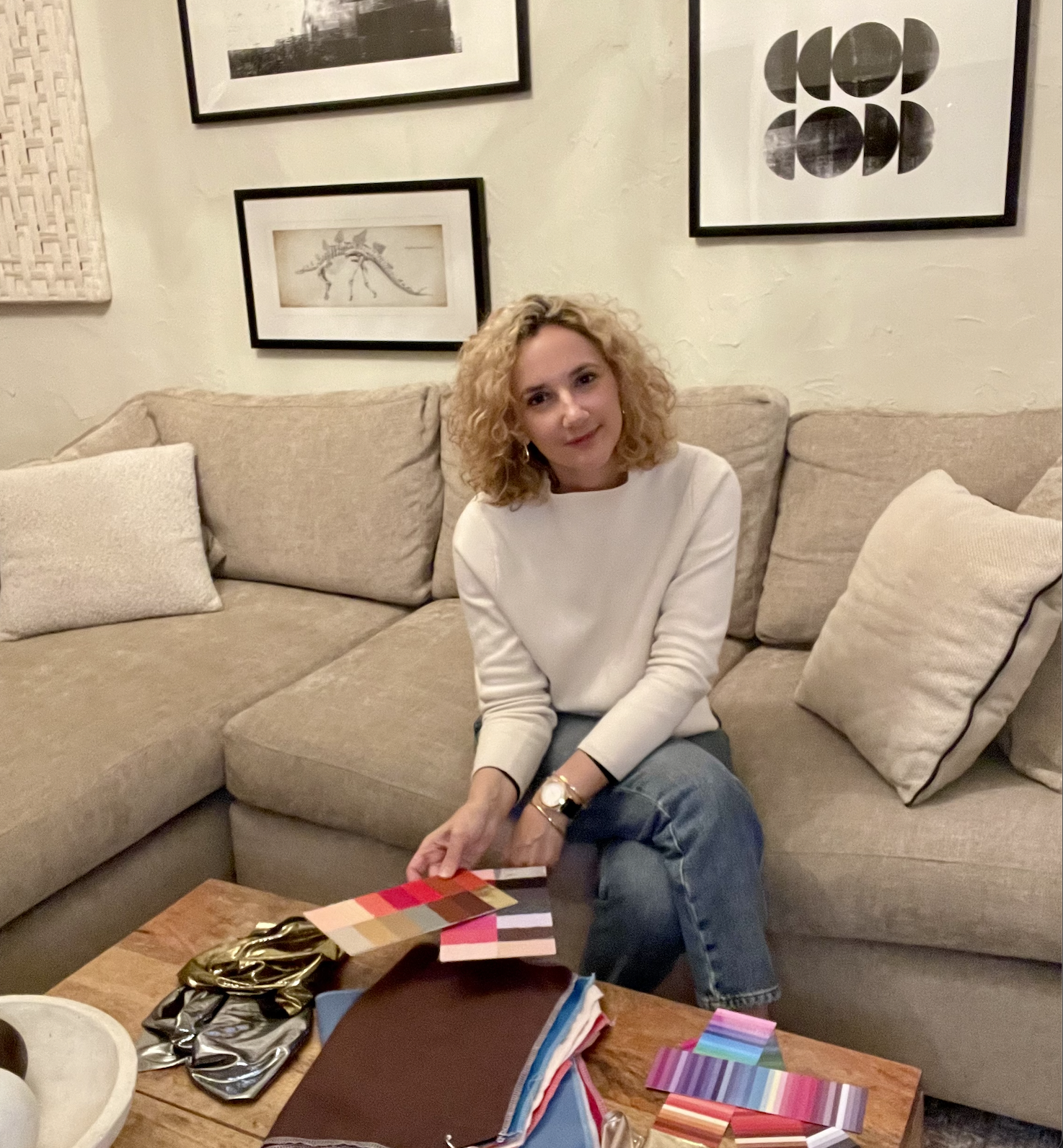The Benefits of Color Analysis
I remember when I first started to work as a Personal Stylist, and I learned about color analysis; it was kind of an outdated method. I know it was popular in the 90s but thankfully what goes around comes around, what was once ‘out of date’ is now one of the most searched styling secrets out there. As a stylist for almost a decade now, I can assure you that wearing the colors that make you look radiant is never ‘out of date’. Actually, any stylist worth her buck is all about timelessness.
Color analysis, alongside body shape analysis, is the pillar of dressing well. Dressing well is all about dressing for you, wearing the clothes that make you feel the most confident. It’s about finding those colors that make you look radiant, and looking ten years younger doesn't hurt anybody ;)
Some people will argue that color analysis is constraining and that it limits what you can wear.
Well…I can understand that, BUT there are two points I would like to cover. The first is that finding your colors doesn’t mean you are forced to wear these colors. You should wear whatever makes you feel happy (and I always encourage my clients to wear something if they love it). But you will likely notice the difference in how lively the right colors make you look. The second point is that by knowing your colors, you will actually find it a lot more freeing and creative. You won’t be overwhelmed by endless choices, but will immediately know what will make you look fabulous and be able to choose from a more narrow selection, the clothes that you like.
What is Color Analysis?
The seasonal color analysis model corresponds to the four seasons of the year, and believe it or not, they are Spring, Summer, Autumn, and Winter. 😛
Each season has colors that complement unique characteristics and features and, in turn, are colors commonly associated with those times of the year. Color analysis is the process of finding your ideal color palette, the one that enhances your unique features such as hair, skin tone, and eye color.
Seasons with bright colors are Winter and Spring, and seasons with soft colors are Autumn and Summer. Seasons with dark colors are Winter and Autumn, while seasons with light colors are Spring, and Summer. Winter and Summer are associated with cool colors, while warm colors will be found in Autumn and Spring.
There are three key metrics when doing a color analysis - bright/soft, dark/light, cool/warm - they will determine each season and characterize the colors that each should wear.
The benefits of knowing your season
Look your best!
The main benefit of knowing your color season is always to look radiant. When your wardrobe is made up entirely of clothes that flatter you, even throwing on jeans and a sweatshirt to run some errands, you will still look put together. Wearing colors that flatter you will even out your skin tone, make you look younger, and appear well-rested (even when you’re not).
Wardrobe versatility
Identifying your color palette also brings versatility to your wardrobe. Mixing and matching different pieces becomes easier when your clothes share the same undertone, creating endless stylish combinations. By avoiding colors that clash with your natural features, you'll save money and make more intentional choices when shopping for clothes. It’s a myth that having too many colors makes for an incompatible wardrobe. Your wardrobe can look like the rainbow, but as long as it has the same undertone, you will be able to mix and match every item.
Shopping hack
As we mentioned above, you’ll be able to make more informed shopping choices. Color analysis is the shopping hack not enough people are talking about. Once you know your colors, going into a store and zeroing in on the clothes that will look good on you will save you time and frustration. It can be very stressful to try on an endless amount of clothes that just never look good. Wonder how I can shop very efficiently for myself or my clients? Because one of the things I already know is what will look good in terms of colors, and with a bit of guidance, so can you.
You’ll also avoid falling into seasonal trends, like this year's magenta or last year’s lime green. If those are your colors, great! You’ll have so many options. But if it’s not in your palette, you know you can skip these colors (unless lime green is your favorite color ;))
This is also very helpful when buying makeup; once you know your color palette, you’ll know what shades and color bases you need to get. There are so many options at Sephora, and knowing your best colors will help you navigate the endless choices.
Feel more confident
The best takeaway from having a color analysis is that you will instantly feel more confident. From years of doing this, I love seeing my clients' faces when I dress them in their colors. They can't hide how they feel because the radiance shines through. Finding clothes that make you feel confident is the secret to loving your clothes forever and wearing them on repeat, and your ideal colors are key ingredients of that recipe.
Are you ready to find out what your color palette is? Take my quick course taught by moi to find yours right away!
Bisous
Lili



